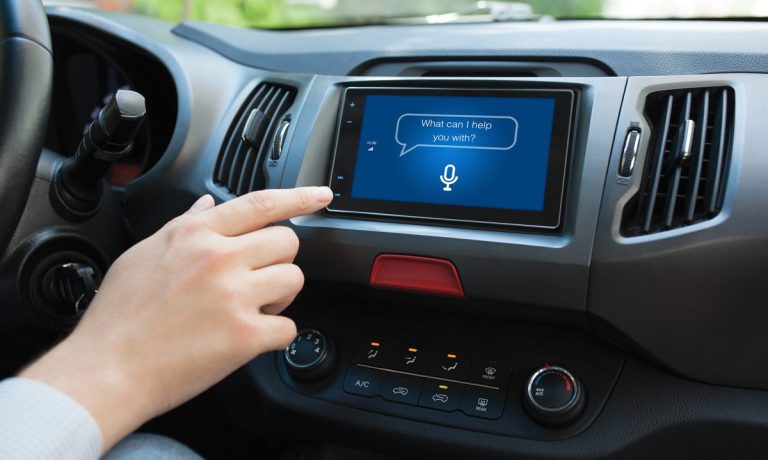
Aiming to create natural and human-like interaction between drivers and vehicles, and improve their safety, comfort and productivity, automakers are incorporating increasingly sophisticated voice assistants into their new vehicles.
In a recent example, Faraday Future announced June 1 that when it launches the first of its luxury electric vehicles later this year, it will include a voice assistant enhanced by artificial intelligence (AI)-powered technologies to make the interactions more efficient, comfortable and reliable.
“We believe the future of human-vehicle interaction is moving towards a voice-first experience,” Hong Rao, vice president of internet, autonomous driving, intelligence (IAI) at Faraday Future, said in a press release.
Interacting With the Car and the World Outside
In its new FF 91 vehicles, Faraday Future will include Cerence’s AI-powered text-to-speech (TTS) technology that responds to drivers using natural speech, as well as the company’s AI-based sound processing technologies that remove noise from microphone inputs — such as the noises heard in a moving car — to facilitate clear communication.
With these technologies, the voice assistant will respond to prompts and deliver information about such things as news, weather, point-of-interest details, navigation, parking and fuel, the companies said.
“Voice interaction is central to the in-car experience in the FF 91, as we aim to make interacting with the car and the world outside as efficient and effective as possible,” Rao said.
Advising and Helping With Things
Over the years, voice usage in cars has become more common and much more capable, Cerence Vice President, Product Christophe Couvreur told PYMNTS in an October interview.
Read more: Voice-Powered, In-Car Payment Systems Streamline Transactions on the Go
Third-party data showed that 60% to 70% of cars have voice assistants, Couvreur said, and with the continuing advancements in hardware, connectivity and AI, voice technologies are becoming less about command and control and more about making the system “disappear.”
“We are moving in the direction where you will be able to interact with your car as you normally would with any other human being,” Couvreur said. “The car will be smart enough to be like a great assistant to you, like a co-driver that can talk to you, advise you and help you with things.”
Replacing the Need to Physically Interact With Hardware
Amazon, too, has found that voice excels in helping people stay connected, productive and entertained while driving. The company said in a blog post that consumers especially want to be able to control navigation and musical entertainment with their voice while in a vehicle.
Read more: Spotify to Integrate Voice With In-Car Streaming Service
“Voice technology shines in environments where you are occupied with other tasks,” Amazon said in the post, later adding, “voice can strip away the complexity, minimize distractions, and make your drive more connected, productive and entertaining.”
PYMNTS’ Karen Webster wrote in September that voice AI-activated operating systems (OS) are the third great OS wave, similar to what Microsoft was to the PC in 1990 and what iOS and Android were to smartphones in 2008.
Read more: Voice Operating Systems Like Alexa Will Power the Connected Economy: Here’s Why
“Almost anywhere, a person’s voice can now replace the need to toggle between physical devices and screens and physically interact with a piece of hardware to complete a task,” Webster wrote.
Voice AI-activated operating systems, Webster added, “are the third great OS wave — yet another disruptive innovation that will unlock new forms of innovation, adding value to people and businesses.”